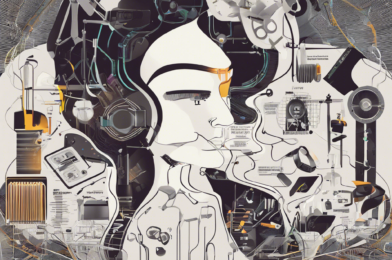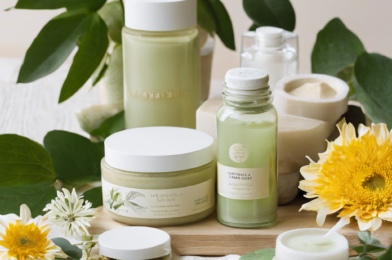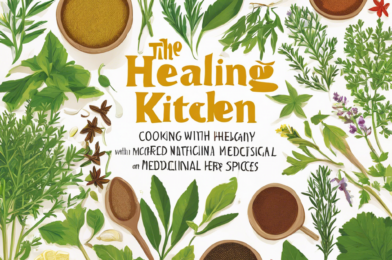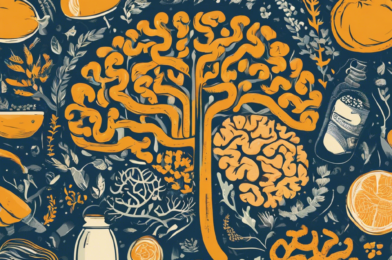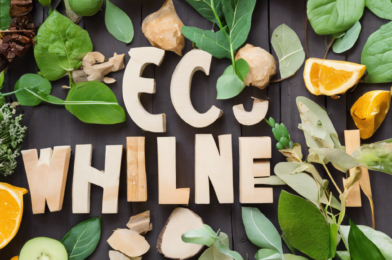The pursuit of optimal health and wellness has led many individuals to explore the realm of biohacking – a practice that involves using science and technology to “hack” one’s biology and enhance overall well-being. From dietary modifications to cutting-edge technologies, biohackers are constantly experimenting with new techniques to upgrade their bodies and minds. One popular approach in the biohacking community is the adoption of specific diets, such as ketogenic or intermittent fasting regimens, which aim to optimize energy levels and cognitive function. These dietary strategies often involve restricting certain food groups or altering macronutrient ratios to induce physiological changes that promote better health. Another common biohacking technique is the use of supplements and nootropics, also known as “smart drugs.” These substances are believed to enhance cognitive abilities, improve memory, increase focus, and boost overall brain performance. Many biohackers experiment with different combinations of supplements to find what works best for their individual needs.
In addition to dietary and supplement interventions, biohackers also utilize technology to their advantage. Wearable devices, such as fitness trackers and smartwatches, provide real-time data on various health metrics, allowing individuals to monitor and optimize their activity levels, sleep patterns, and heart rate variability. Some enthusiasts even explore more invasive techniques, such as implantable technologies that can unlock doors or control devices with a simple hand gesture. While these methods may seem futuristic, they are already being used by dedicated biohackers who are eager to push the boundaries of human enhancement. For those seeking a more natural approach, there is also a focus on lifestyle interventions, including meditation, yoga, and nature therapy. These practices aim to reduce stress, improve mental clarity, and enhance overall well-being by connecting individuals with their environment and promoting a sense of calm and balance.
Furthermore, biohackers often prioritize sleep optimization as a key pillar of their health regimen. They understand that adequate and quality sleep is essential for restoring and rejuvenating the body and mind. To achieve optimal sleep, individuals may employ a range of techniques, such as maintaining a consistent sleep schedule, creating a relaxing bedtime routine, and utilizing blue-light-blocking glasses to improve evening melatonin production. Some even experiment with cooling mattresses and pillows, as a cooler body temperature is conducive to better sleep. Another intriguing aspect of biohacking is the use of light therapy to enhance alertness and regulate circadian rhythms.
Specific wavelengths of light, such as red and near-infrared light, are believed to have therapeutic effects on the body. Biohackers often use devices that emit these light wavelengths to improve energy levels, reduce inflammation, and promote faster recovery from injuries. Some enthusiasts even combine light therapy with other interventions, such as hyperbaric oxygen therapy, to further enhance its benefits. The practice of biohacking also extends to the microbial world, with a focus on optimizing the microbiome – the trillions of microorganisms that live in our bodies and play a crucial role in our health. Proponents of microbiome hacking believe that by modifying the balance of this diverse ecosystem, we can improve digestion, enhance immunity, and even boost mental health.
This involves consuming prebiotic and probiotic foods, such as fermented vegetables and drinks like kombucha, and even experimenting with fecal microbiota transplants (FMT) to repopulate the gut with healthy bacteria. While the concept of biohacking may seem daunting or even extreme to some, it is important to remember that it is an individualized practice, and each person can choose the level of intervention they are comfortable with. The core principle of biohacking is self-experimentation, and many in the community advocate for a data-driven, evidence-based approach, carefully tracking and measuring the effects of different interventions to find what works best for their unique biology. This often involves a combination of ancient wisdom and modern technology, blending traditional healing practices with cutting-edge scientific advancements.
For those intrigued by the concept of biohacking but unsure where to start, the overwhelming array of options and sometimes extreme practices portrayed in the media can be off-putting. However, it is important to remember that biohacking is a highly personalized journey, and one can start with simple, low-risk interventions. For instance, improving sleep hygiene by establishing a relaxing bedtime routine and consistent sleep schedule can have a profound impact on overall health and well-being. Similarly, experimenting with time-restricted eating, where food intake is confined to an 8-hour window during the day, can offer the benefits of intermittent fasting without requiring a restrictive diet. These small but effective changes can often lead to noticeable improvements in energy levels and cognitive function, encouraging individuals to explore further and customize their biohacking journey according to their specific goals and interests.
In the pursuit of optimal health, it is also important to recognize the potential pitfalls and ethical considerations surrounding biohacking. While the do-it-yourself nature of the practice appeals to many, it is crucial to approach any intervention with caution and a critical eye. Not all techniques have robust scientific backing, and some may even be harmful. Therefore, seeking guidance from healthcare professionals familiar with biohacking or, at the very least, consulting multiple reliable sources of information is essential. Additionally, as the field of biohacking continues to evolve, ethical questions arise, particularly regarding the accessibility and affordability of certain technologies and interventions. Ensuring that biohacking remains inclusive and beneficial to a diverse range of individuals, rather than becoming an exclusive domain for the privileged, is a key challenge that the community must address.
As our understanding of health and wellness continues to evolve, so too will the field of biohacking. What was once considered fringe is now entering the mainstream, with an increasing number of individuals turning to biohacking to take control of their health and optimize their potential. While some techniques may seem radical, the underlying principle is one of self-improvement and a desire to lead a healthier, more fulfilling life. By adopting a measured and science-backed approach, individuals can safely explore the fascinating world of biohacking and discover the interventions that work best for their unique biology. Whether it is through dietary modifications, supplement regimens, or cutting-edge technologies, the ultimate goal of biohacking is to empower individuals to become the best version of themselves.
